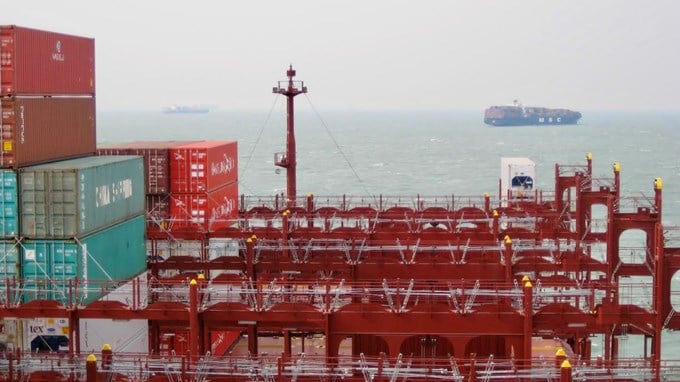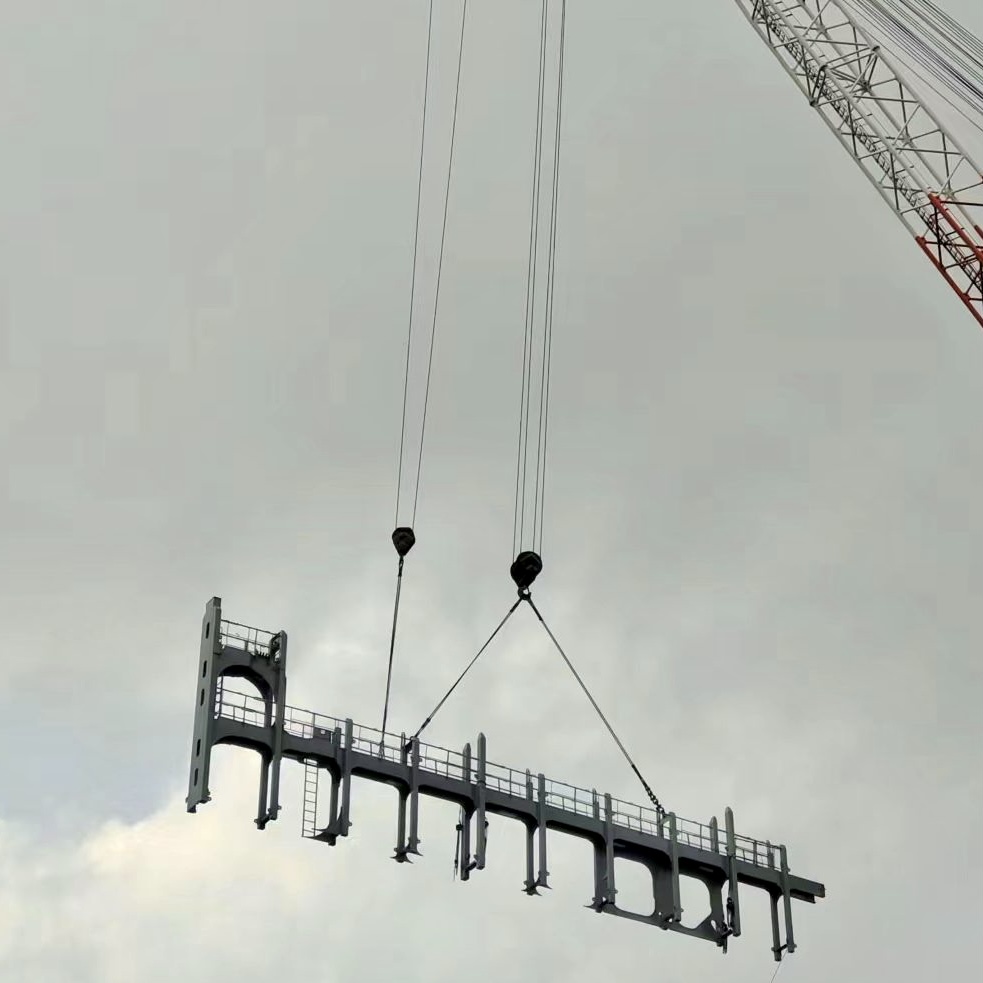Cargo Boost ideas for lashing bridges

Do you have a good container ship with poorly performing lashing bridges? Don’t worry, check out these 3 proven ideas!
Many ships built in the early 2010s or earlier are equipped with lashing bridges that are suboptimal for the needs of the 2020s. The mentality around lashing bridge design has shifted from a "standard design" to understanding the vital role of lashing bridges in an effective cargo system.
It is often possible to modify existing lashing bridges, especially if the ship's design is generally good and supports higher and heavier deck cargo. Here are the 3 most common case examples we come across at MacGregor:
- Lashing bridges are too low. Lashings cannot be engaged at high enough positions, which leads to low payload capacity in terms of tonnes and the number of containers on deck.
No need to panic—almost all lashing bridges can be elevated by one tier. For example, there are many 48-meter-wide ships with 2-tier lashing bridges, while today's most common lashing bridge height for this ship size is 3 tiers. - Lashings on the lashing bridges are not effective.
The existing lashing system can be of the internal type, but the external type would provide better payload capacity. Also, the lashing angles of the existing system can be suboptimal and cause inefficiencies in loading.
Lashing systems on lashing bridges can be upgraded later on! Sometimes this can be achieved with minor hot work, while other times more extensive modifications are needed on handrails etc, and new positions for lashing eye plates must be found.
Note that higher lashing forces can result in greater stresses on lashing bridges. - Outermost container stacks are low and allow for loading only lightweight containers with little or no payload.
It is possible to add "Mickey Mice"(higher towers for lashings in the outermost rows) to the existing lashing bridges! Many vessels have had Mickeys installed later on. Care must be taken when checking lashing bridge stresses with Mickeys, as the existing part of the lashing bridge usually needs to be slightly strengthened.

The photo from MacGregor's project. There is a pre-fabricated elevation part of the lashing bridge with Mickey Mice on its way to the originally 2-tier high lashing bridge on board to make it 3-tier high.
MacGregor has extensive experience in making upgrades to lashing bridges. We can say that lashing bridge modifications are not always easy — because the devil is in the details!
Therefore, it is to your benefit when the partner in lashing bridge modifications has a deep understanding of the entire cargo system, including hatch covers, loose lashings, and lashing bridges.
More about Cargo Boost
Blog writer:
Arto Toivonen, Sales Manager, Lashings and Cargo Boost, MacGregor